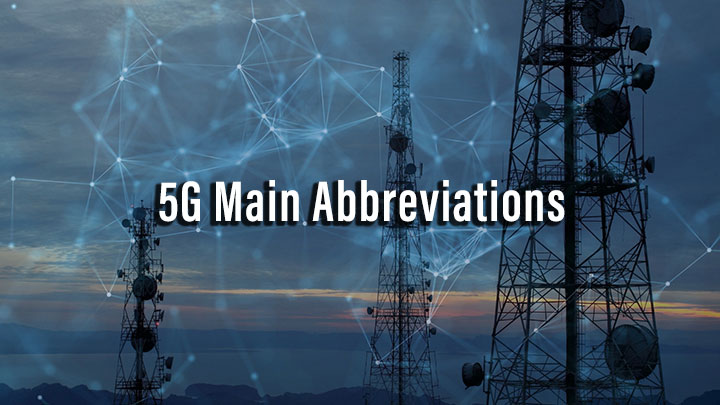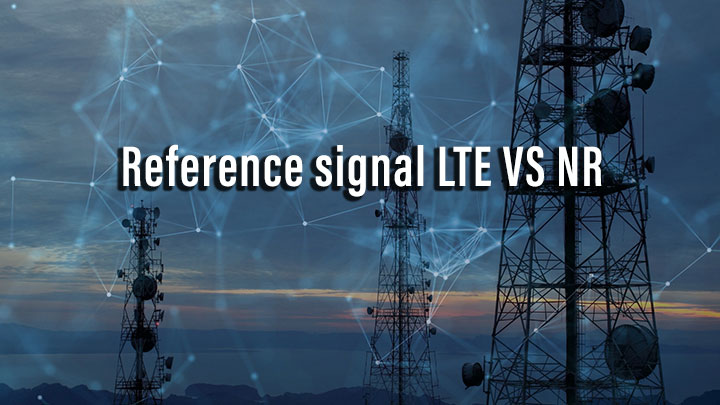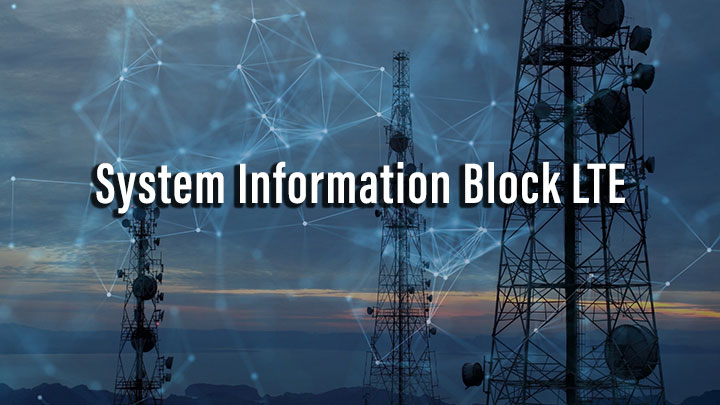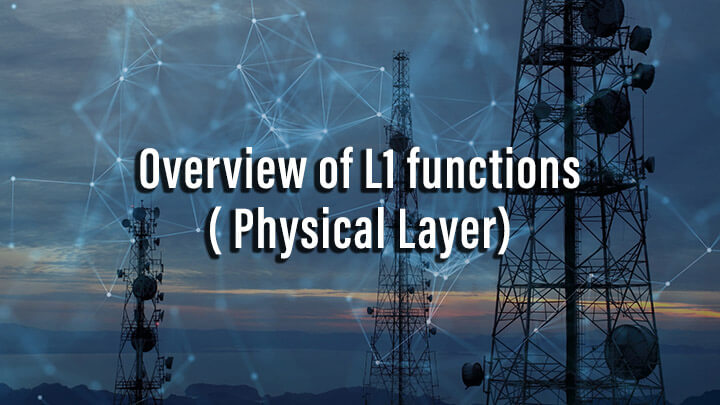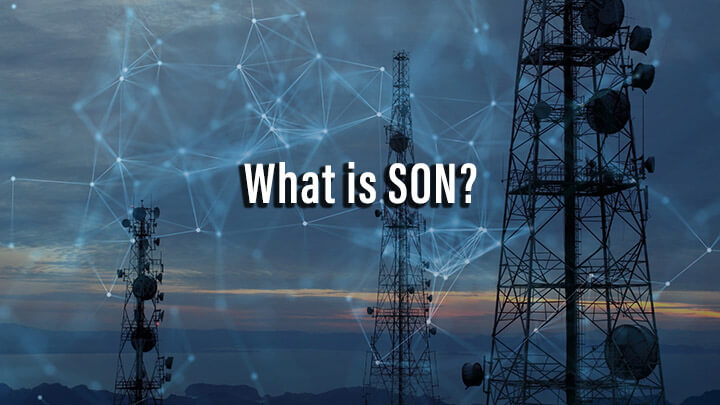5G Main Abbreviations
3GPP 3rd generation partnership program5G-GUTI 5G globally unique temporary identity5G-AN 5G access network5GC 5G core network5GMM 5G mobility management5GSM 5G session management5GTF 5G technical Forum5QI 5G QoS identifier AAA Authentication, authorization and acountingACK AcknowledgementAKA Authentication and key agreementAM Acknowledged modeAMBR Aggregate maximum bit rateAMC Adaptive modulation and codingAMD Acknowledge mode dataAMF Access and mobility management…

